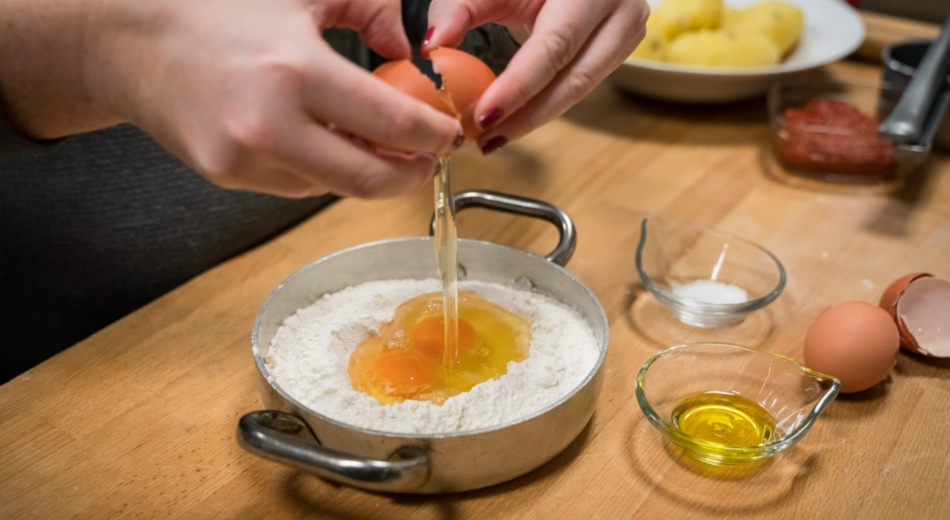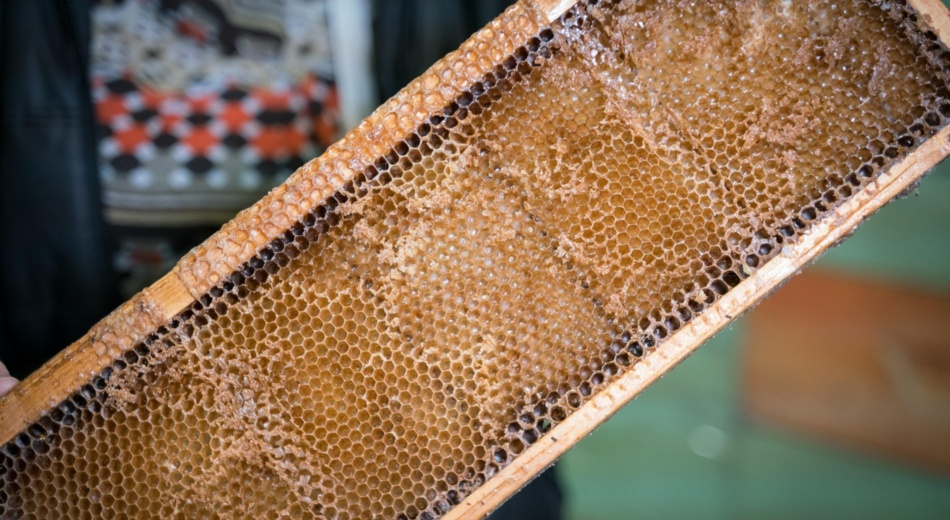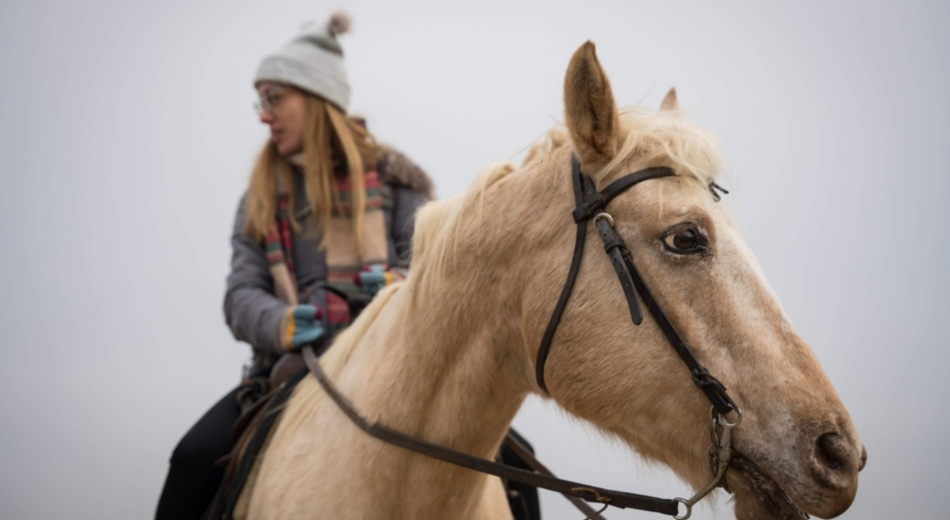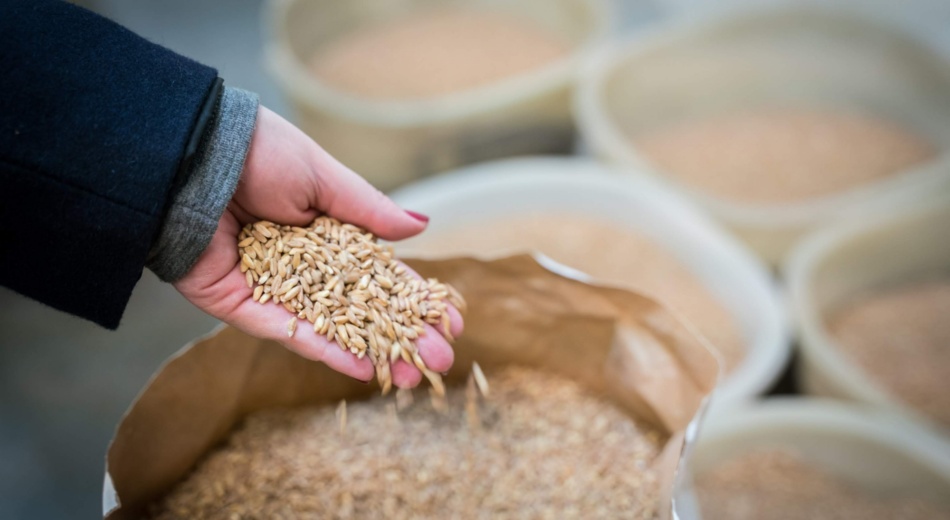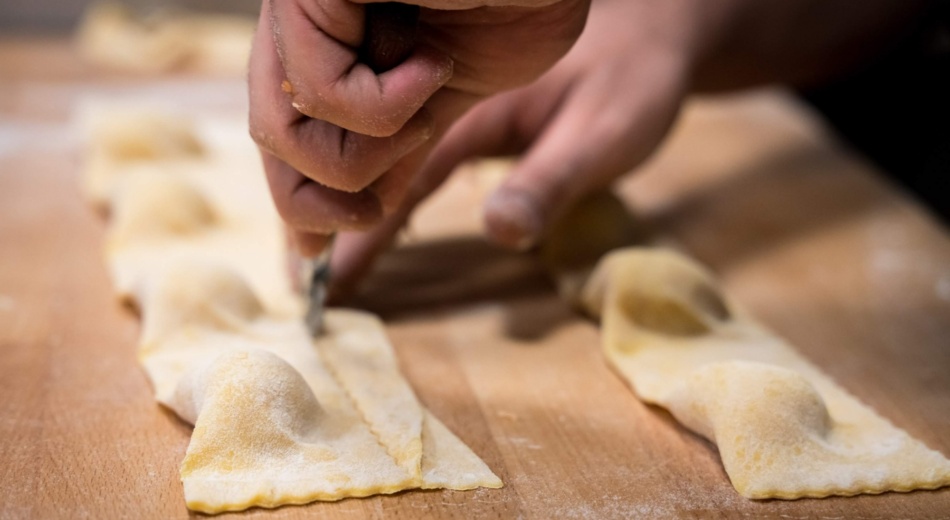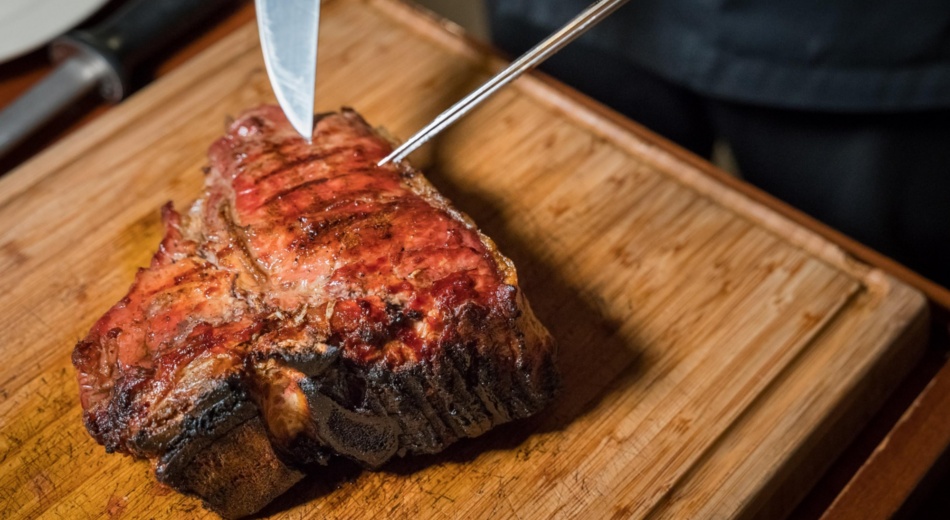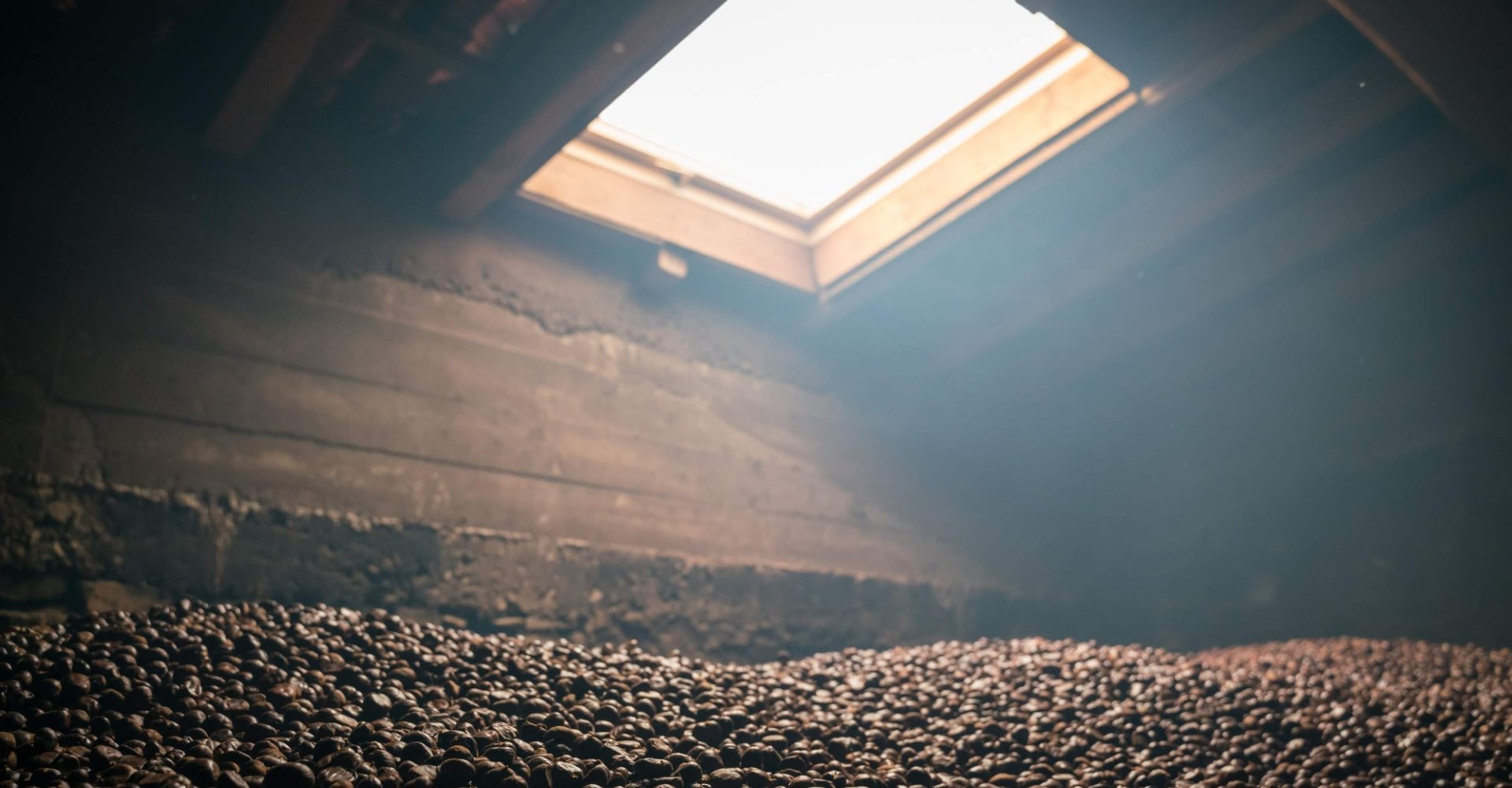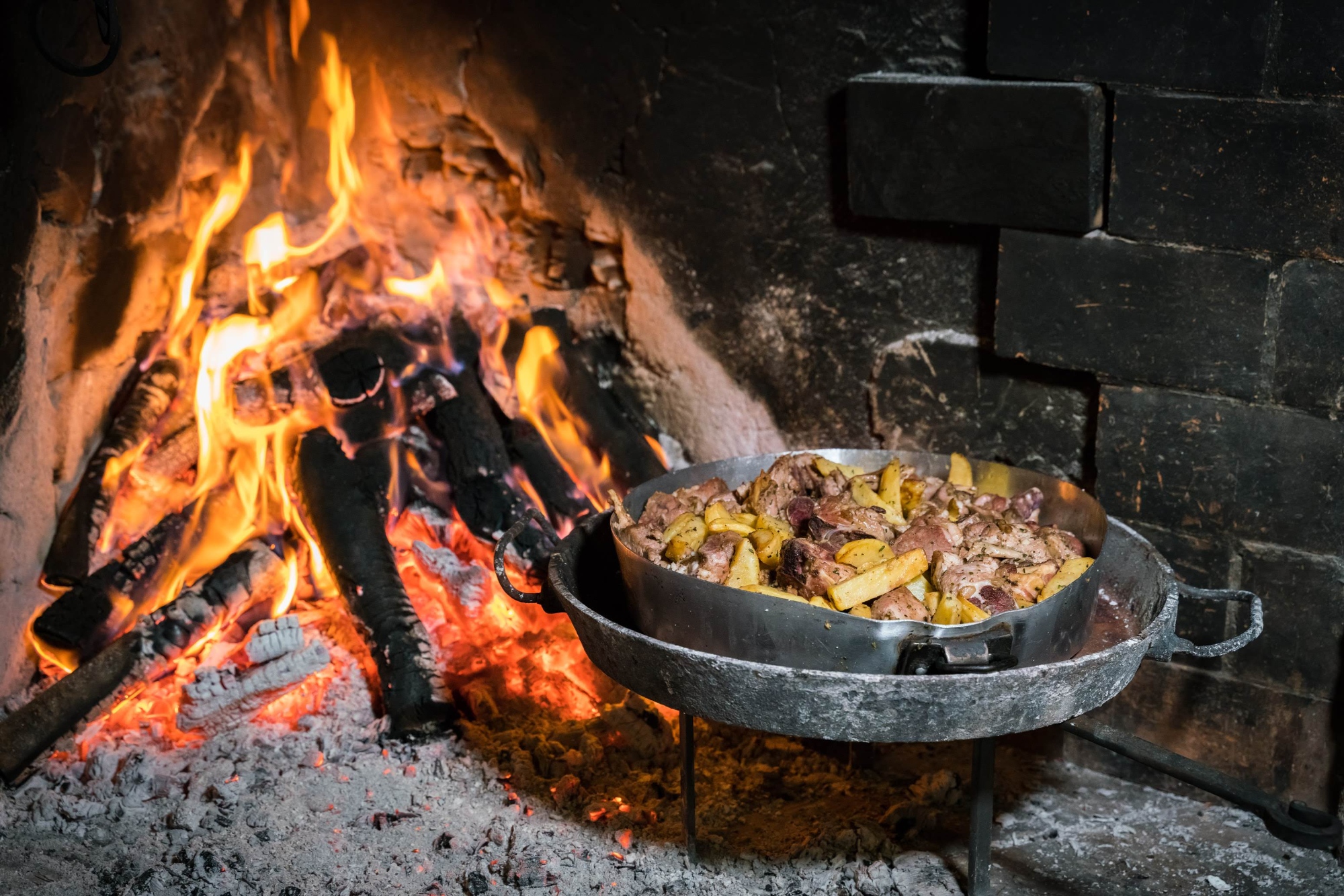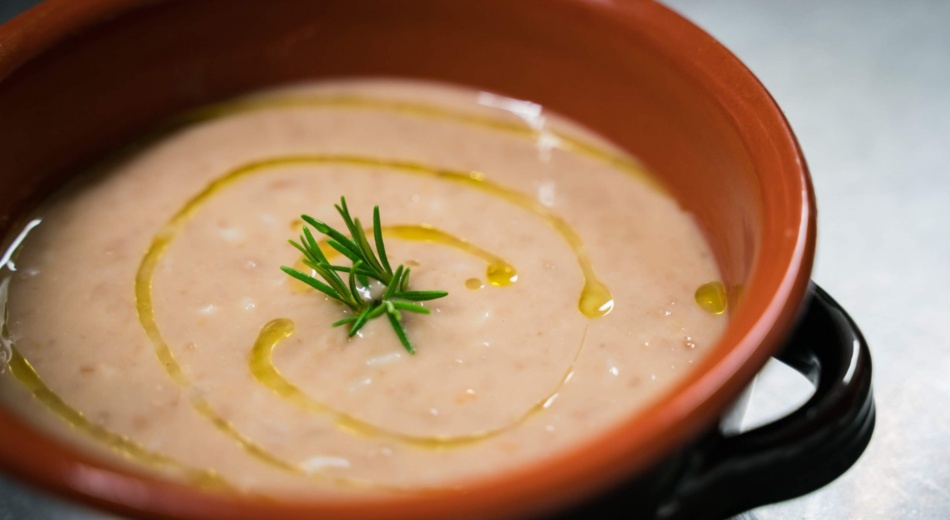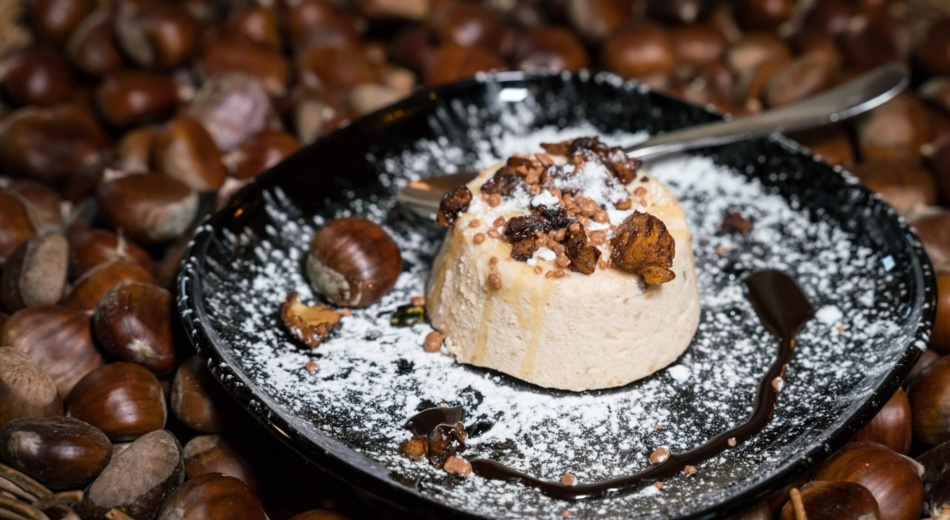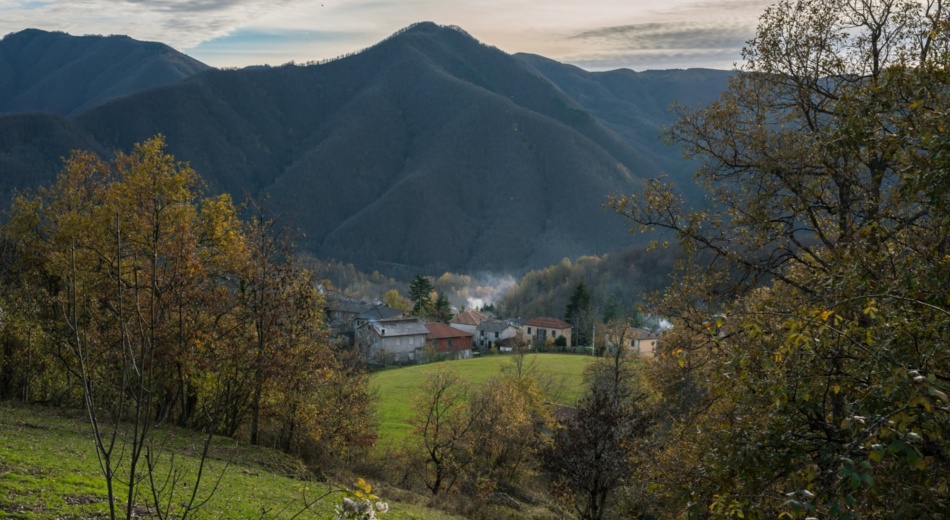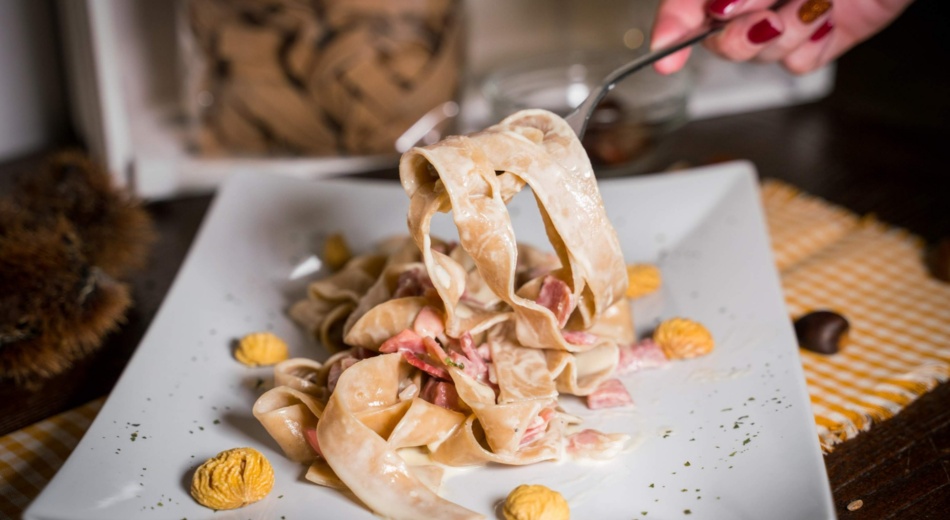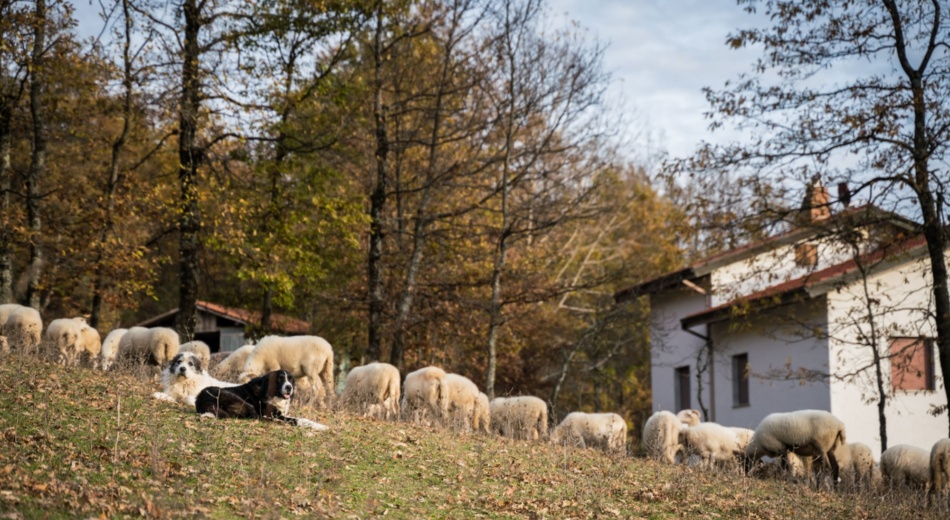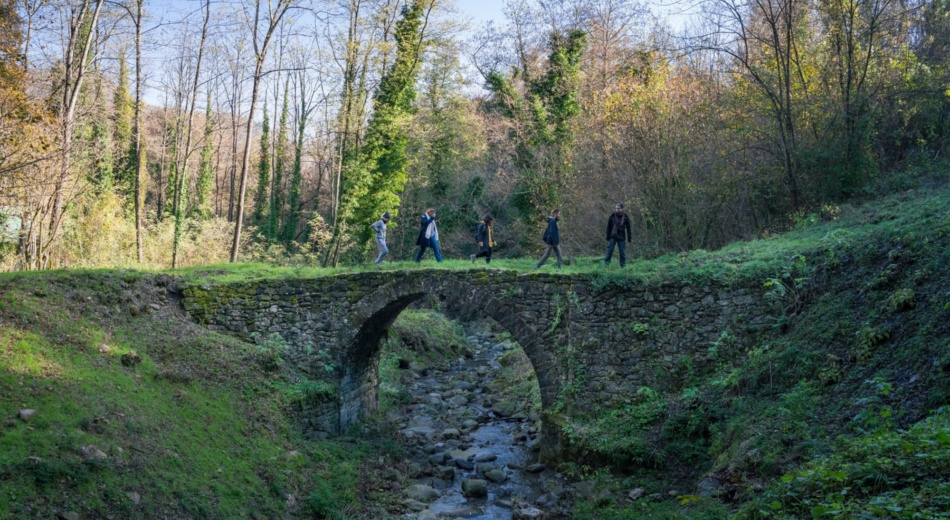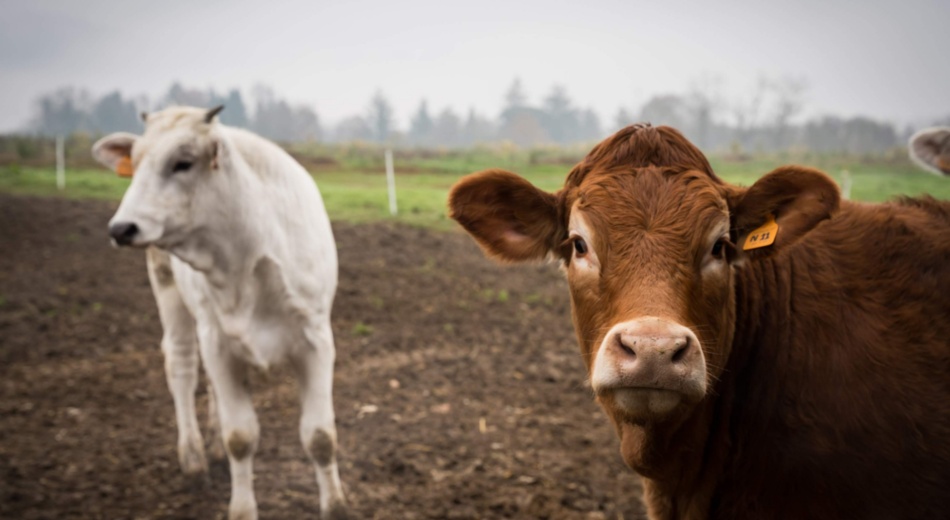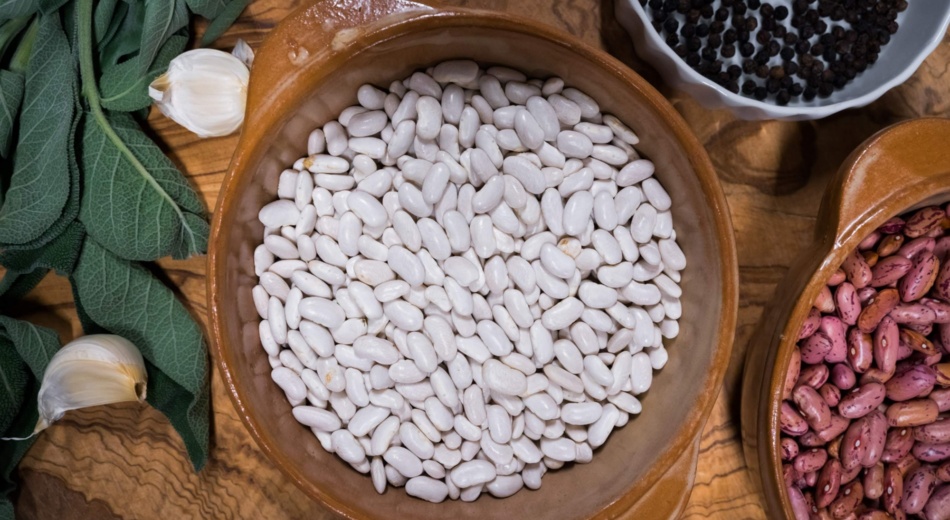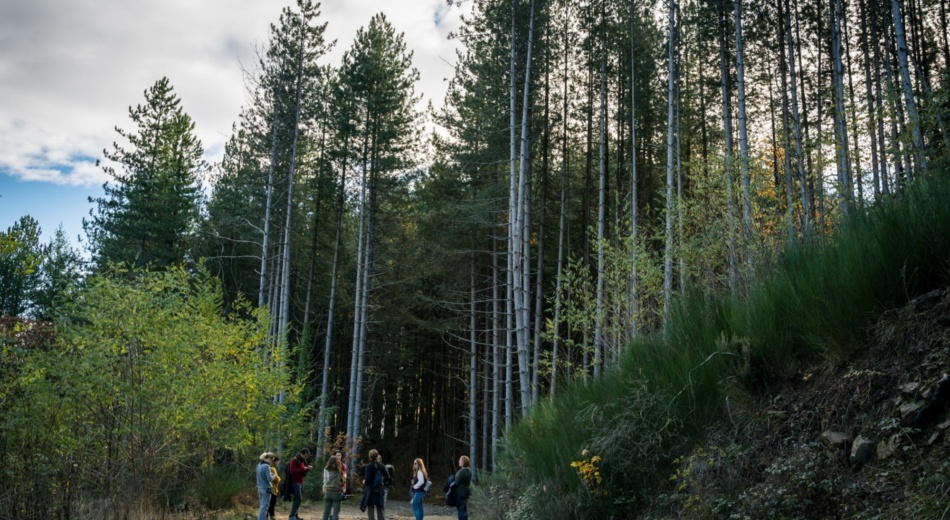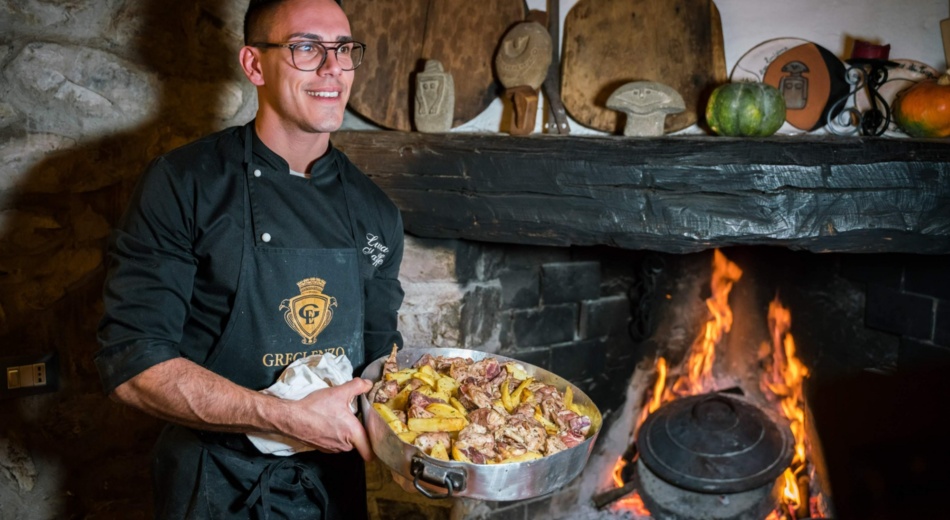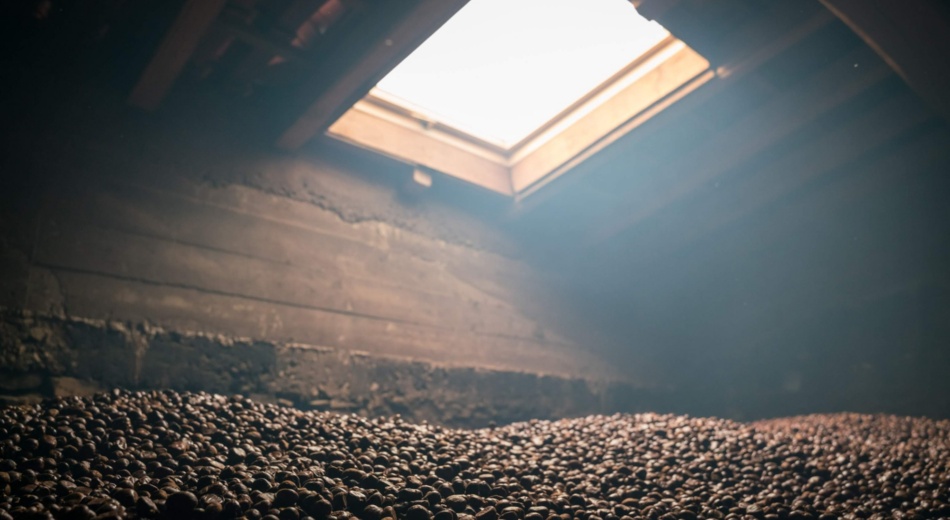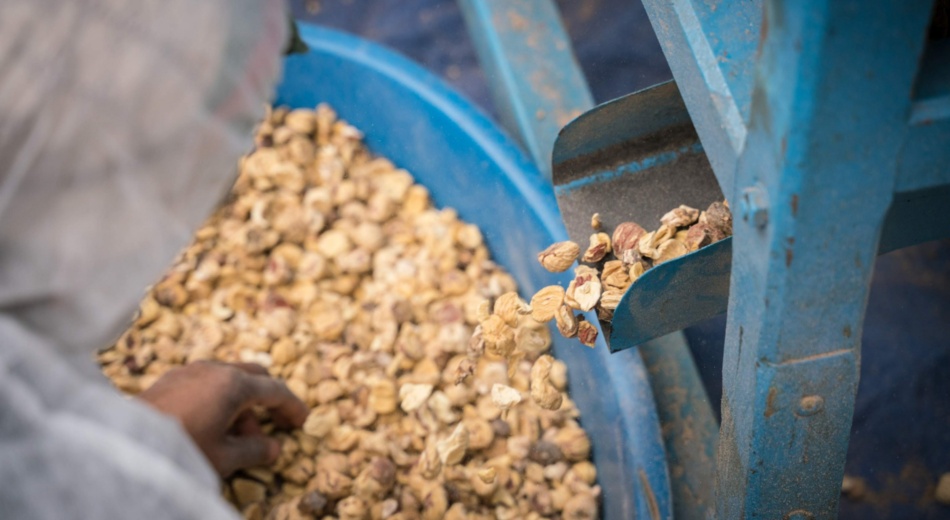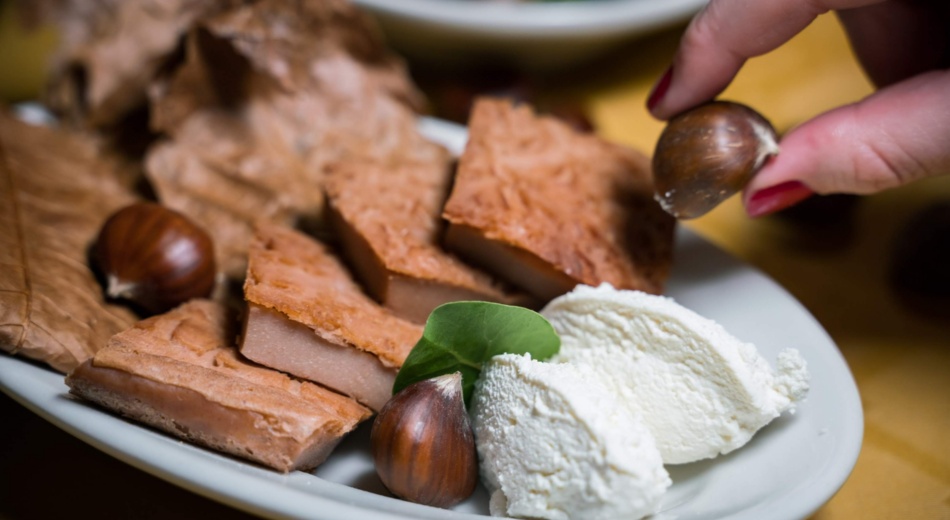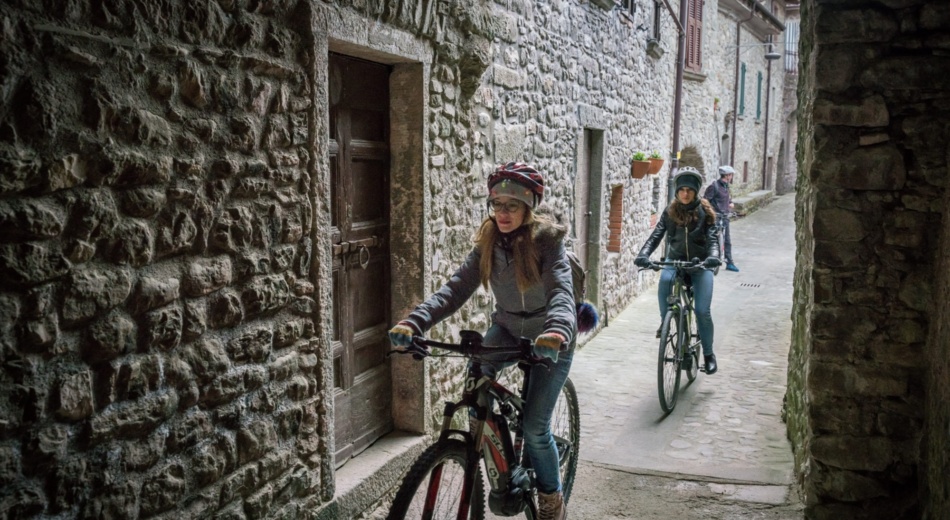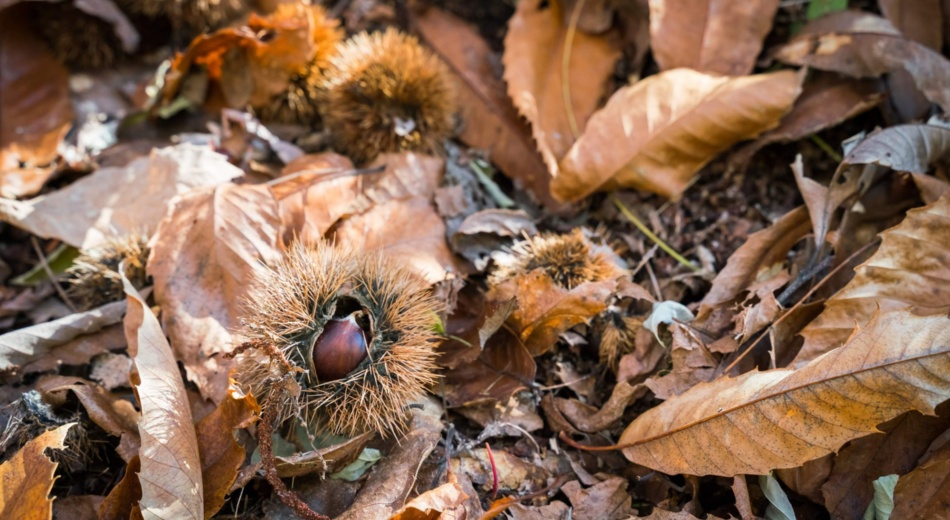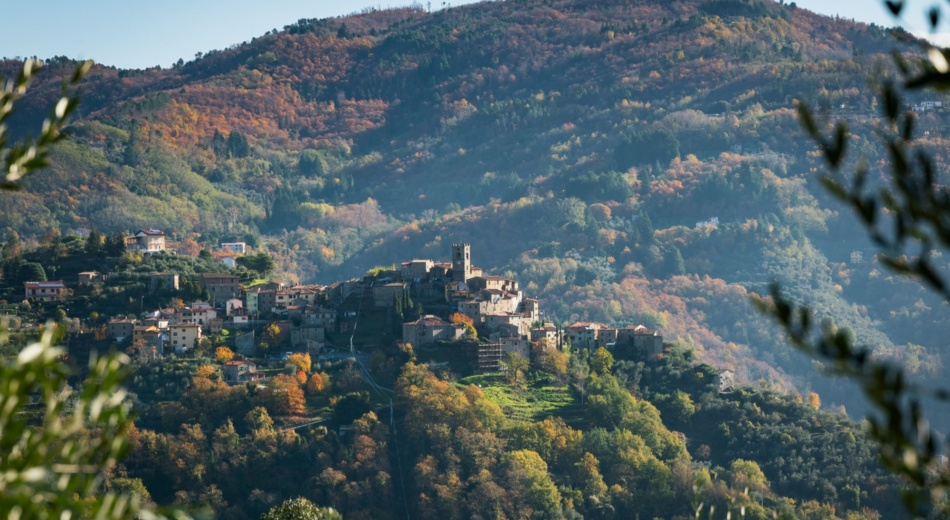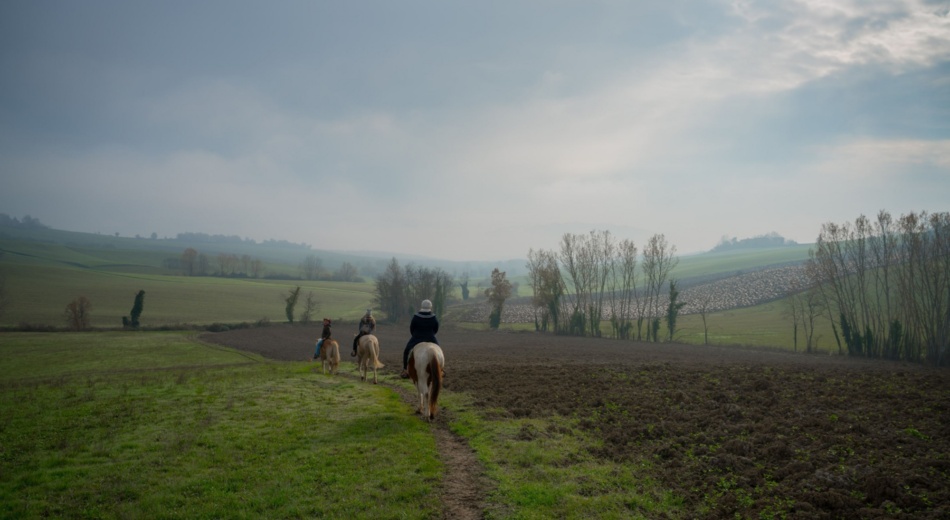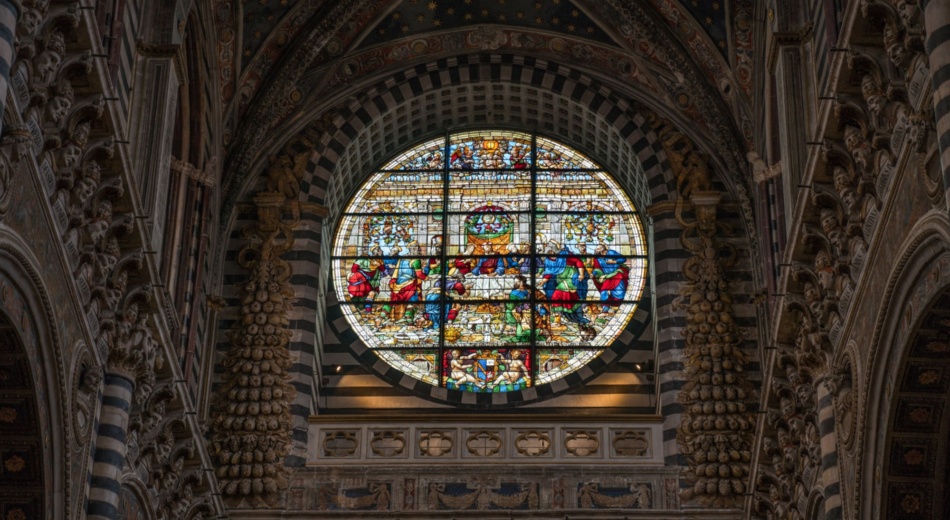Tastes off the beaten track
Roving through hamlets and castles to unveil the secrets of traditional tuscan foods
From the Lunigiana to the Mugello, Tuscan cuisine features time-tested dishes that bear witness to a special connection between local populations and nature. In the mountain villages, for example, locals have been enjoying chestnuts for generations. Without wheat available, these “marroni” (the local name for chestnuts) took the place of both pasta and bread. In high-altitude Tuscany, the special geographical and climatic characteristics of the area have helped create the perfect conditions for high-quality production, as well as for breeding livestock that is totally unique in the world.
Tastes off the beaten track takes you on a journey to discover some of the traditional products and their stories, wandering through the fields, up steep inclines and back down into lush green valleys.
Honey and chestnut flour from Lunigiana; lamb from Zeri; beans from Sorana; extra-virgin olive oil; young steer from the Appennines; potato ravioli (tortelli di patate) from the Mugello; Neccio flour and Garfagnana spelt are just a few of the many good reasons to visit Tuscany.
By foot, on horseback and by bicycle, the players cross through cobblestone paths, chestnut forests, olive groves, centuries-old fortresses and small villages where they can then taste the best local specialties in restaurants that are part of the Vetrina Toscana network.
The tour will end in Siena, where the players will participate in the final event on the Year of Italian Food program: Toscana, l’arte del gusto, il gusto dell’arte (Tuscany: the art of taste and the taste of art).
-
1.Lunigiana
-
2.Garfagnana
-
3.Valdinievole
-
4.Mugello
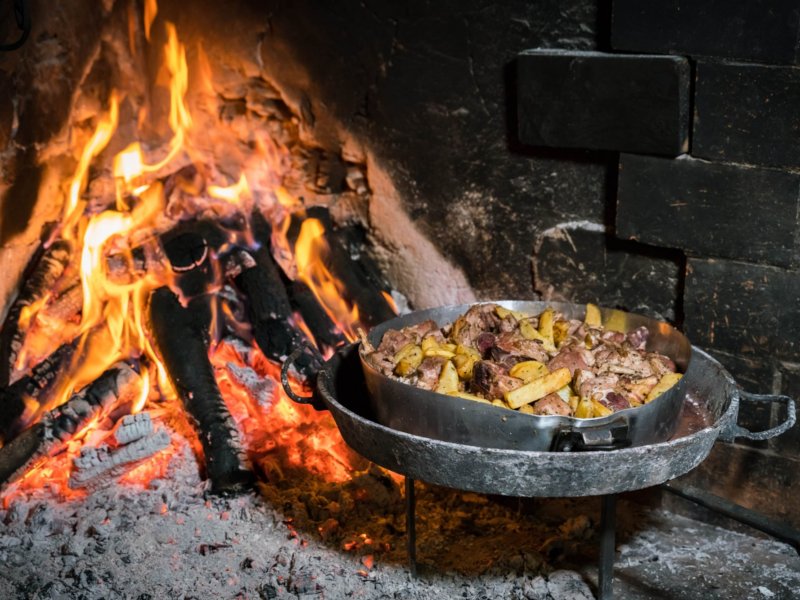
The tour begins in Zeri, where a special breed of lamb, called the “zerasca”, has managed to maintain its special characteristics over time by virtue of the area’s isolation.
Just few kilometers further south, in the area around Mulazzo, the “Hospitality village” manages more than 1000 bee families used in the production of Miele della Lunigiana Dop (DOP Lunigiana honey), the first in Italy to obtain this European designation.
The third and final stop on this itinerary is Apella, a medieval village that today focuses on Farina di Castagne della Lunigiana DOP (chestnut flour). The Lunigiana is essentially an enormous chestnut forest: chestnuts were a fundamental part of the regional diet for generations of Lunigianesi, particularly in rural areas.
After visiting a centuries-old mill, the players will head off on their bicycles to enjoy a ride through historic villages, chestnut forests and castles.
The tour begins in Zeri, where a special breed of lamb, called the “zerasca”, has managed to maintain its special characteristics over time by virtue of the area’s isolation.
Just few kilometers further south, in the area around Mulazzo, the “Hospitality village” manages more than 1000 bee families used in the production of Miele della Lunigiana Dop (DOP Lunigiana honey), the first in Italy to obtain this European designation.
The third and final stop on this itinerary is Apella, a medieval village that today focuses on Farina di Castagne della Lunigiana DOP (chestnut flour). The Lunigiana is essentially an enormous chestnut forest: chestnuts were a fundamental part of the regional diet for generations of Lunigianesi, particularly in rural areas.
After visiting a centuries-old mill, the players will head off on their bicycles to enjoy a ride through historic villages, chestnut forests and castles.



After a visit to the incredible Castello delle Verrucole of San Romano in Garfagnana, the players will discover the many production secrets of Farro della Garfagnana IGP and Farina di Neccio DOP (the latter a chestnut flour).
Farro (spelt wheat) is one of the oldest grains in the world. Due to changing dietary habits through the years, its cultivation has disappeared in many territories – but not in Garfagnana. Here, the farro plant has a well-suited climate for growth and today there are nearly 100 businesses that produce Farro della Garfagnana IGP.
Today in Garfagnana, production of Farina di Neccio DOP also takes place. This is a key ingredient in the preparation of cakes, sweets and polenta. Chestnut cultivation in Garfagnana began in around the year 1000 when, as a way of dealing with the increasing populations, numerous vast areas were then set aside for the purpose of producing chestnuts, bringing the chestnut tree to “fruition” as a key player in the region.
After a visit to the incredible Castello delle Verrucole of San Romano in Garfagnana, the players will discover the many production secrets of Farro della Garfagnana IGP and Farina di Neccio DOP (the latter a chestnut flour).
Farro (spelt wheat) is one of the oldest grains in the world. Due to changing dietary habits through the years, its cultivation has disappeared in many territories – but not in Garfagnana. Here, the farro plant has a well-suited climate for growth and today there are nearly 100 businesses that produce Farro della Garfagnana IGP.
Today in Garfagnana, production of Farina di Neccio DOP also takes place. This is a key ingredient in the preparation of cakes, sweets and polenta. Chestnut cultivation in Garfagnana began in around the year 1000 when, as a way of dealing with the increasing populations, numerous vast areas were then set aside for the purpose of producing chestnuts, bringing the chestnut tree to “fruition” as a key player in the region.


From the Garfagnana, we’ll go down toward the area that the writer Jean Charles Léonard Simonde de Sismondi called “Swiss Pescia”, where the thriving hills hide villages and castles with millenary history. There are 10 villages, nicknamed “castella”, that make up the Valleriana, and one is particularly famous for the production of a very special type of bean. Super-tasty and easily digestible, the white Sorana IGP bean is set apart for its soft skin, flimsy and yet never detaching during cooking.
In these green hills there are also various olive groves that produce the raw materials for one of the most iconic products of Tuscany: olive oil. After hiking through the Valleriana castella, the players will visit one of the local olive oil mills to discover all the secrets behind IGP Tuscan Extra Virgin Olive Oil.
From the Garfagnana, we’ll go down toward the area that the writer Jean Charles Léonard Simonde de Sismondi called “Swiss Pescia”, where the thriving hills hide villages and castles with millenary history. There are 10 villages, nicknamed “castella”, that make up the Valleriana, and one is particularly famous for the production of a very special type of bean. Super-tasty and easily digestible, the white Sorana IGP bean is set apart for its soft skin, flimsy and yet never detaching during cooking.
In these green hills there are also various olive groves that produce the raw materials for one of the most iconic products of Tuscany: olive oil. After hiking through the Valleriana castella, the players will visit one of the local olive oil mills to discover all the secrets behind IGP Tuscan Extra Virgin Olive Oil.


Also known as the Land of Artists (and we’ll see why later), the Mugello features landscapes that range from near-impenetrable scrub to fertile valley floors. This area is prime territory for bovine breeding: think Chianina, the centuries-old breed that was prominent as early as the Etruscan age, and today used in the production of prestigious meats like the Vitellone Bianco dell’Appennino Centrale IGP (white steer).
After a visit to the farm, the players will head off on a horseback ride through the lands of the Medici and will visit Vicchio, the birthplace of Giotto and Fra Angelico. To finish off the day in style, a special cooking class will run, in which they’ll learn how to prepare tortelli di patate (potato ravioli) using the age-old recipe.
Also known as the Land of Artists (and we’ll see why later), the Mugello features landscapes that range from near-impenetrable scrub to fertile valley floors. This area is prime territory for bovine breeding: think Chianina, the centuries-old breed that was prominent as early as the Etruscan age, and today used in the production of prestigious meats like the Vitellone Bianco dell’Appennino Centrale IGP (white steer).
After a visit to the farm, the players will head off on a horseback ride through the lands of the Medici and will visit Vicchio, the birthplace of Giotto and Fra Angelico. To finish off the day in style, a special cooking class will run, in which they’ll learn how to prepare tortelli di patate (potato ravioli) using the age-old recipe.


